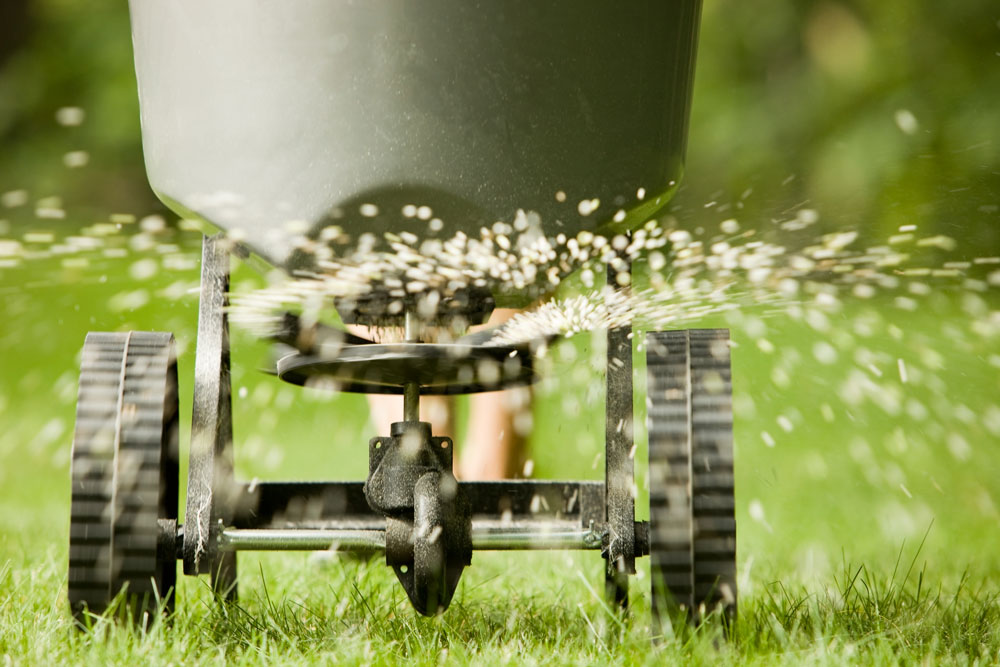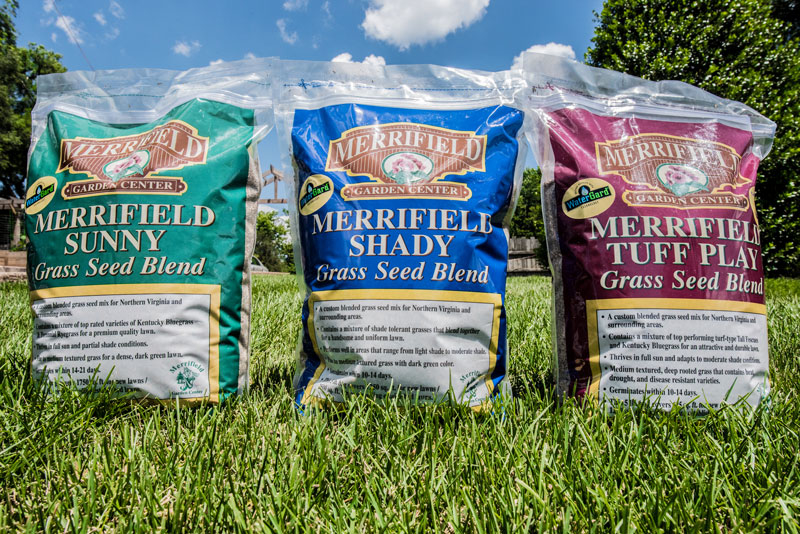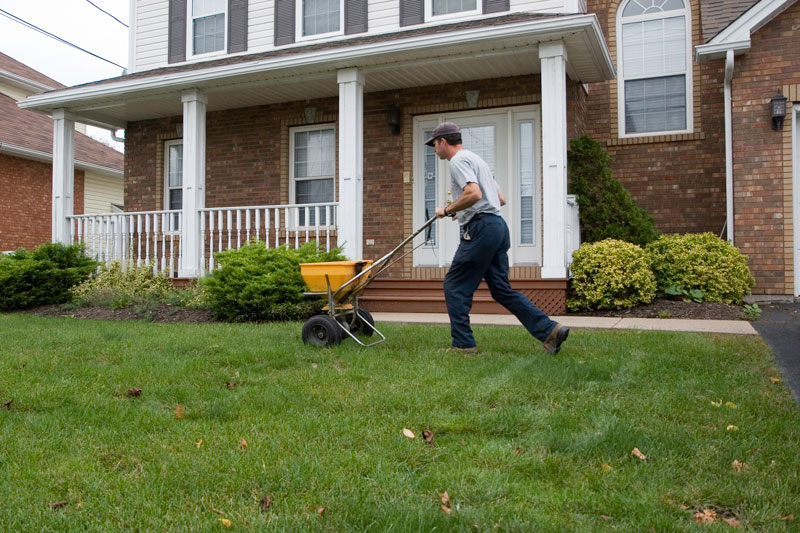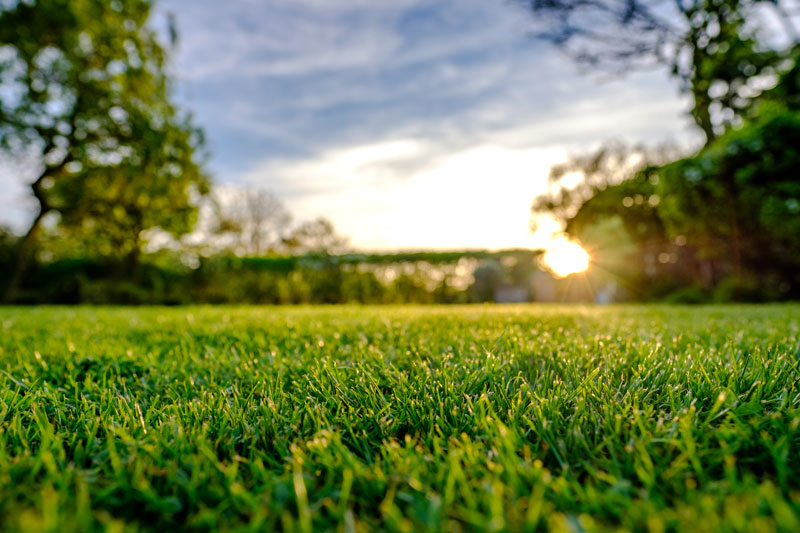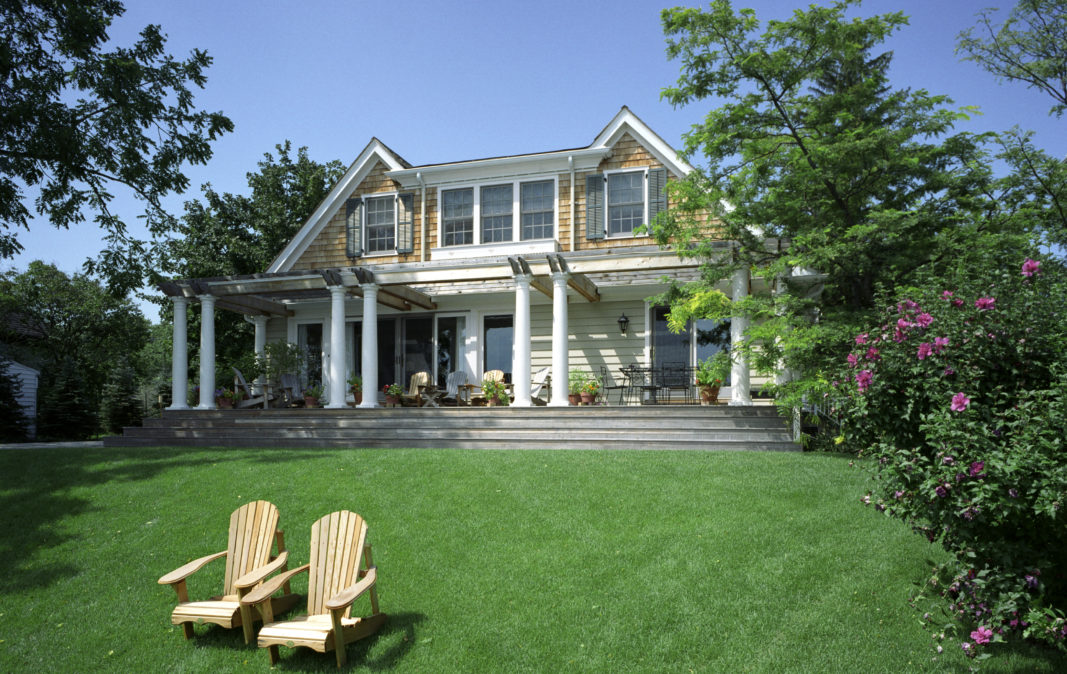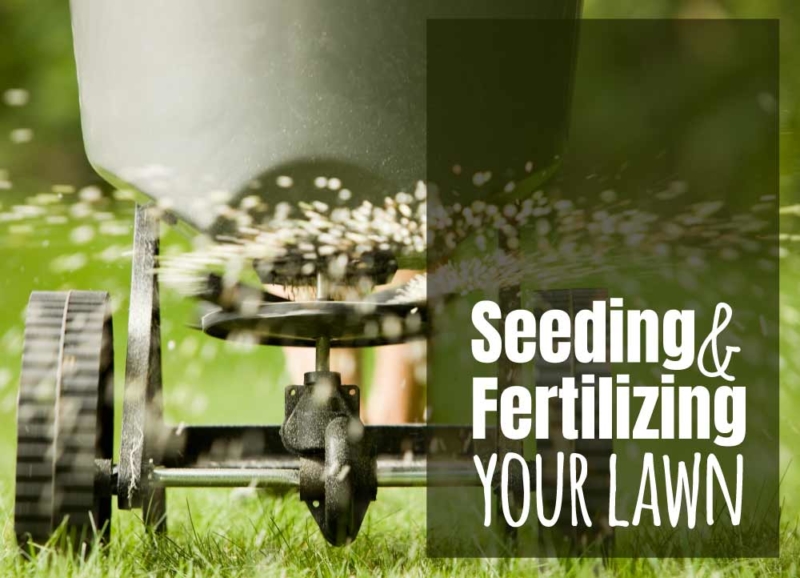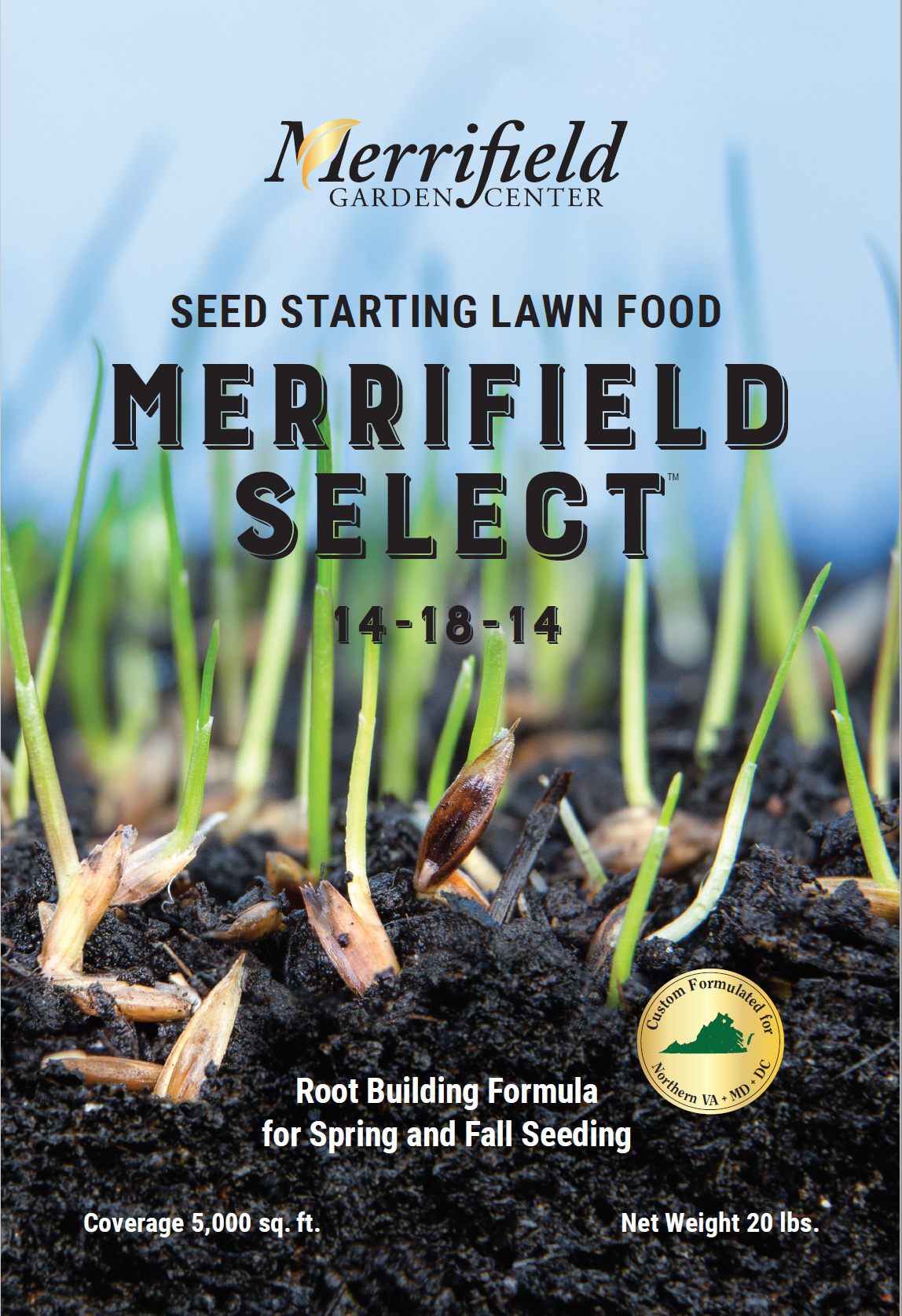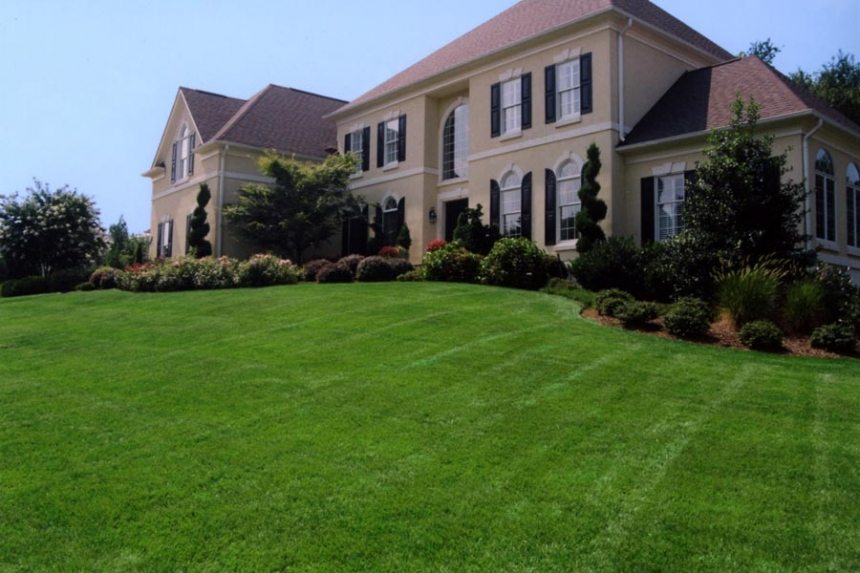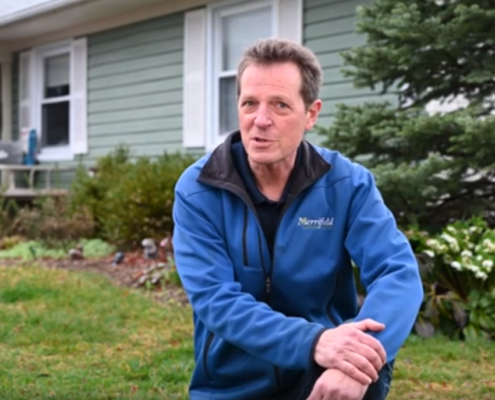Turf Tips: Lawn Restoration and Weed Prevention
This post was originally published in August 2017.
The summer places some serious strain on our lawns. High temperatures, weeds, and drought conditions can all cause our turf to suffer, losing density, color and health. The end of summer is a great time to start thinking about giving your lawn some restorative care to bring back the green and help it regain density and color. To begin, evaluate your lawn and think about what you would like to accomplish. Do you need to overseed, eliminate weeds, or simply fertilize your lawn? Each of these tasks can be completed in just a few, simple steps as long as we are mindful of the correct time and order in which to begin each process.
Seeding
Does your lawn have bare patches, or do you want to introduce new grass varieties to your existing lawn? If so, September is the ideal time to seed, . Seeding now will give you plenty of time to complete several rounds of fertilization before winter sets in. Before you begin seeding, scrape up bare spots in your lawn and loosen the soil to create good contact between your soil and the grass seed you will be spreading. This is also a great time to mix in some compost if you want to improve your soil. Then, select your grass seed and spread it over the lawn using a drop or rotary spreader. We recommend one of our three Merrifield seed blends, which have been custom-designed to perform well in our local environment.
Fertilizing
Regardless of whether or not you plan to seed, September is the ideal time to begin your fall lawn fertilization project. We recommend fertilizing every 4-6 weeks, with 2-3 applications before winter. If you are seeding your lawn, fertilize immediately after seeding with Merrifield Select seed starting lawn food for your first application, then follow up every 4-6 weeks with Merrifield Premium Lawn Food. If you are not seeding your lawn, use Merrifield Premium for all fertilizer applications.
Eliminating and Preventing Weeds
If weeds are overtaking your lawn, you can focus on killing summer weeds and preventing winter weeds in September. Bayer Advanced Season Long Weed Control will simultaneously kill existing weeds, such as clover and dandelions, while preventing weeds, such as chickweed, bittercress and others from taking over next spring. If you just want to prevent winter weeds, use Fertilome Broadleaf Weed Control with Gallery. You cannot use either of these products if you plan to seed your lawn immediately, as they will prevent your seed from germinating. If you wish to seed your lawn and prevent winter weeds at the same time, you will need to use Scotts Step 1 for Seeding with Weed Preventer. If you wish to seed your lawn and eliminate summer weeds, you will need to apply Trimec Lawn Weed Killer immediately and then wait for the time specified on the product label before you begin your seeding project. Generally, you will need to wait 2-3 weeks. Be sure to carefully follow the instructions on the weed control label to ensure your seed is not damaged.
Determining the Right Restoration Process for Your Lawn
Every lawn is different! If you have questions about the steps you should take to bring out the best in your lawn, we encourage you to come in to visit our turf specialists.


